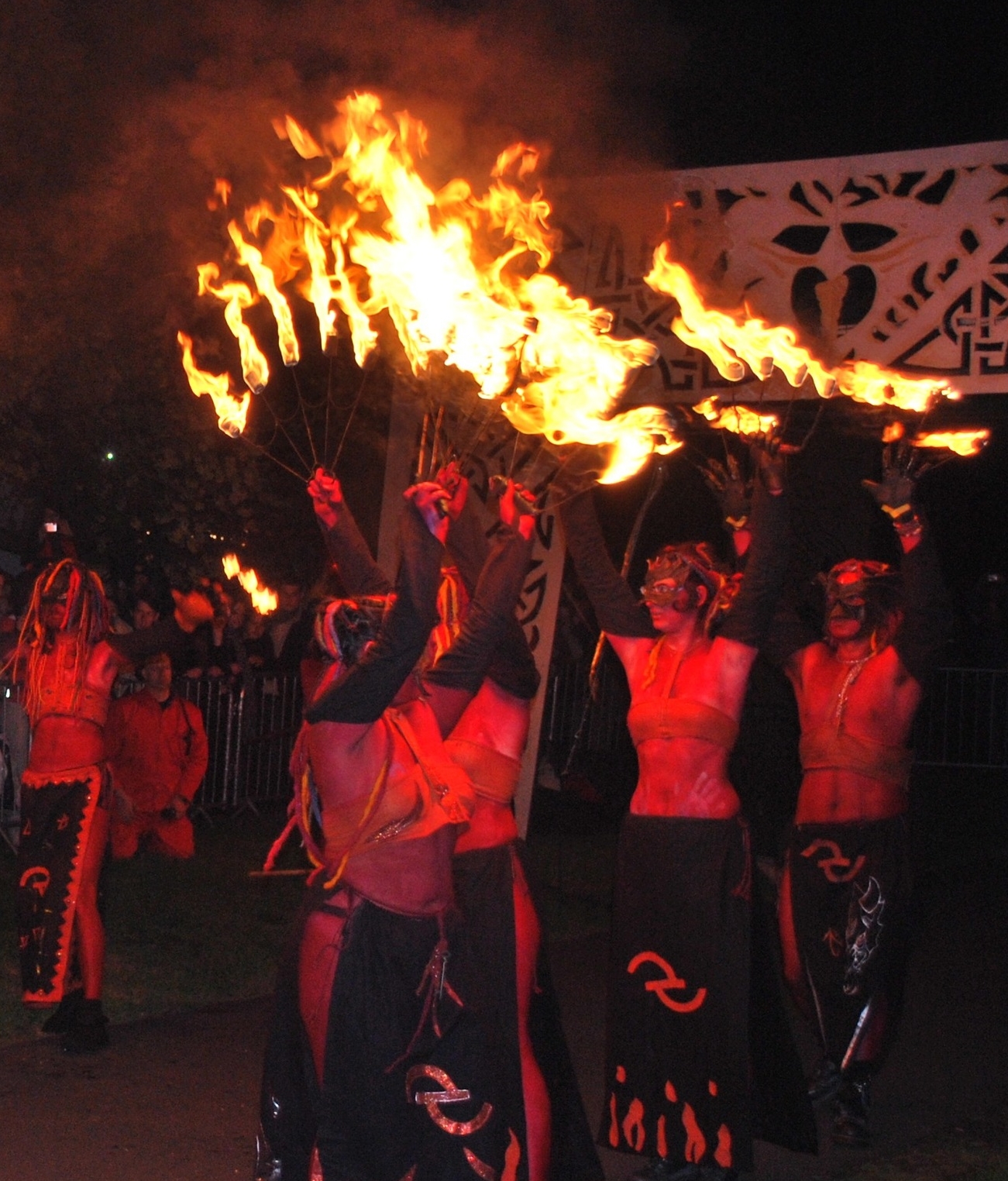And that is thanks to the fact that some people don't sit around wondering things like this for twenty years the way I did. Some people do the research and write a book about it. One of them is Rebecca Beattie, author of Nature Mystics: The Literary Gateway to Modern Paganism.
Beattie started out with a fairly obscure literary goal: to identify and study authors who laid the literary foundations for modern Paganism, or put another way, who helped to make the revival of European Paganism possible. I am interested in social movements and the book looked like pleasant enough reading, so I took it on.
First off, the writing is personable and interesting, containing just enough detail to give a feeling for the context of each author presented. The book doesn't utilize an overly academic tone, while still producing evidence for any conclusions the Beattie makes. She states that the book is not an academic work but rather a book in which modern Pagans can seek our roots. For this reason, it isn't overly belabored by in-text citations, but it does have an extensive bibliography and sources are cited where needed.
All the sections are interesting, looking objectively and at times ruthlessly, at the lives, writings, politics and activities, of the novelists most influential to modern Paganism, including John Keats, Mary Webb, William Butler Yeats, Mary Butts, E. Nesbit, and of course, J.R.R. Tolkien.
Beattie presents arguments for why each of these authors and more should be considered a "nature mystic" and a significant contributor to modern Paganism. She is not complimentary about some of them, however. Some of these authors had less than savory political connections or personal relationships and she reports all this without hesitation.
One might expect such a book to make much of the contribution of J.R.R. Tolkien the one author on the list guaranteed to be recognized by every single Pagan today. But the opposite is actually true. Beattie delves into Tolkien's repeated declarations that his books have no spiritual or allegorical message, that they are simply fiction for fiction's sake. And comes up crediting him with telling the truth on that one.
Beattie doesn't include Tolkien in her list because he provided several generations of fans with a medieval mystique, trappings, costumes and cadence of speech to aspire to. She doesn't include him because she believes there is some greater Pagan message in his works. Actually she makes the case for him being the most staunch supporter of mainstream Christianity of all of the writers explored.
Nope. Tolkien is a nature mystic in Beattie's book very simply because he has great reverence for nature and gives excellent voice to it through his descriptive scenes. That's it. That's the crux of the exploration of Tolkien...
With one addition.
Beattie did the research--which wasn't so widely available through the internet twenty years ago--and found Tolkien's actions with regards to racism and the Nazis.
He was born in South Africa and left for England as a boy. Later he became active and vocal against the Apartheid regime. It may be easy to dismiss this as easy armchair criticism from a distance without risking anything. But the same can't be said for his interactions with the Nazis.
The story Beattie tells--one I have since confirmed--is that in 1938, a German publisher was preparing to translate the Hobbit into German. Tolkien had more than just the royalties riding on this. A friend had a stake in it and Tolkien didn't feel he could opt out of the deal easily. But when the publisher demanded that he produce proof of Aryan descent, Tolkien flatly refused and wrote a scathing letter in reply, only first asking that his invested friend approve his use of fiery language.
He calls the publisher's inquiry "irrelevant" and says such attitudes threaten to strip bearers of German names of all pride in them. And as to the facts he writes:
I am not of Aryan extraction--that is Indo-Iranian--as far as I am aware none of my ancestors spoke Hindustani, Persian, Gypsy, or any related dialects. But if I am to understand that you are enquiring whether I am of Jewish origin, I can only reply that I regret that I appear to have no ancestors of that gifted people.
He might just as well have joined his countryman Trevor Noah on the Daily Show to ridicule Nazi stupidity in race classifications, pointing out that he Aryan tribes of Northern India that they were so obsessed with really had more to do with the "Gypsies" (i.e. Roma), who the Nazis viciously persecuted, than they did with Germans.
Tolkien must have felt then a bit the way we feel today with Donald Trump. He fought for England in World War I but by World War II he was too old to fight. All he could really do was ridicule them and be willing to risk his business interests if necessary to tell them off.
I thank Rebecca Beattie for the leg work on this one.
And as for the late-night debate of twenty years past. I am sorry I didn't know this then because, with all the heartache there is on this subject, my friend deserved to know J.R.R. Tolkien was a voice on her side at a time when many--even in England--were still relatively friendly to the Nazis.



















































